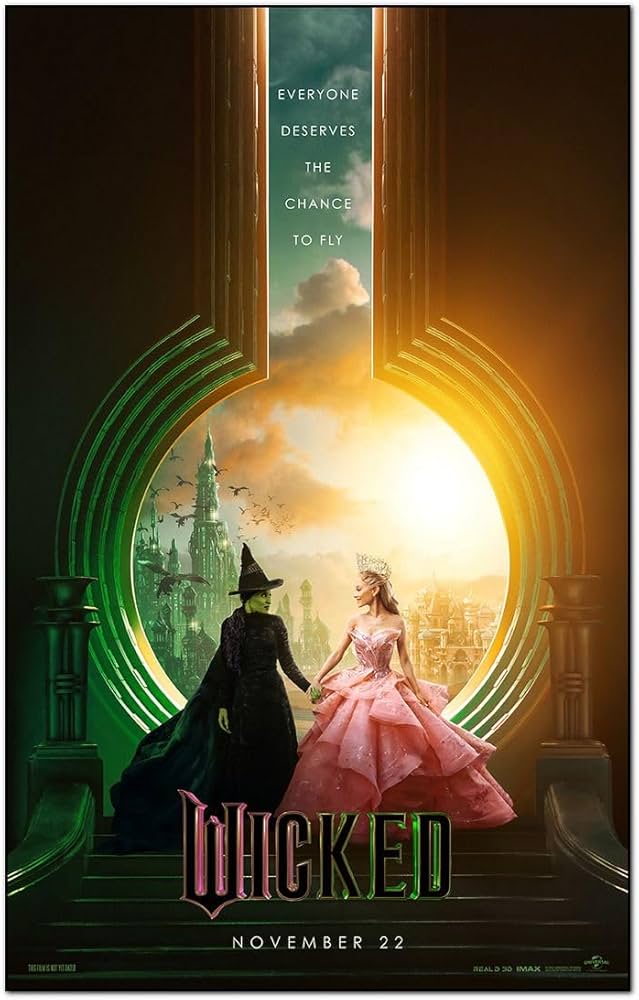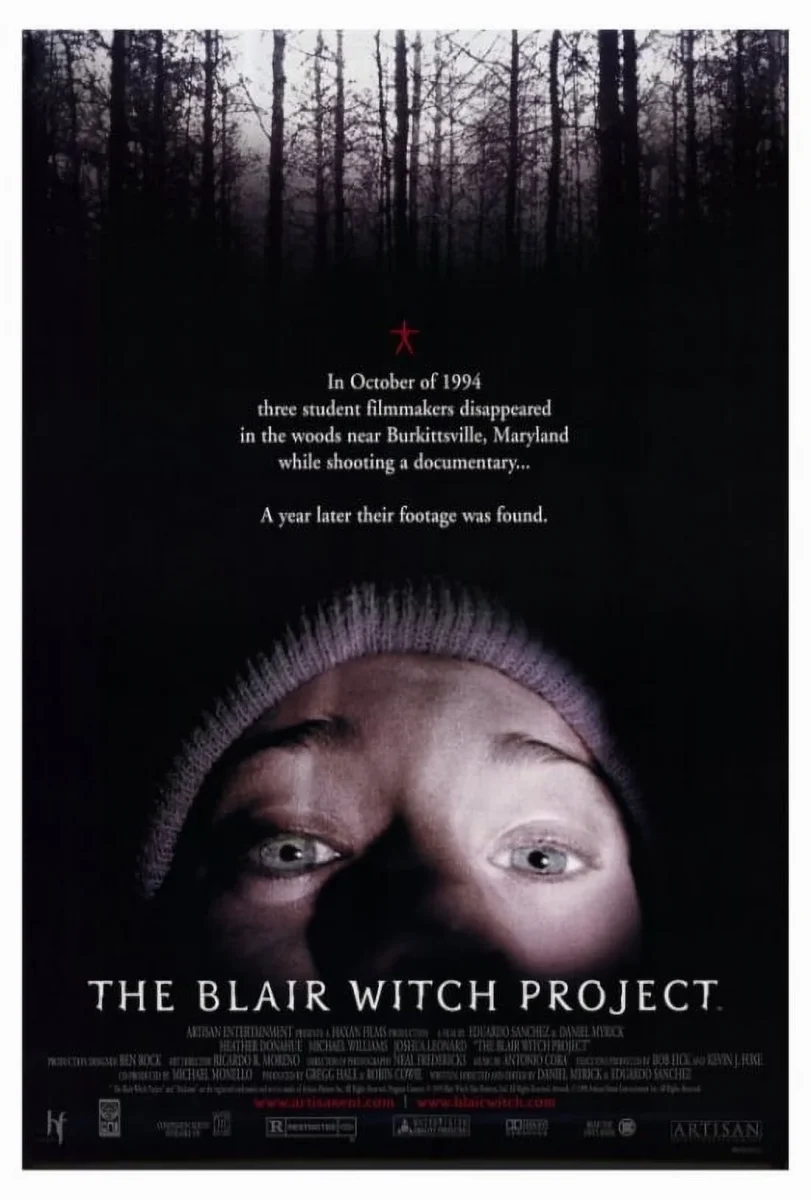The antihero has been around for centuries. From Greek tragedies to Shakespearean epics to kung-fu movies, the cool, morally iffy loner has remained one of the most fascinating character archetypes, but despite the undeniable allure and danger of the character, it’s immensely difficult to get just right. Recently, Netflix released two different projects that attempt to perfect the antihero, the animated series “Blue Eye Samurai” and David Fincher’s assassin movie “The Killer.” As is often the case with Netflix content, the results were mixed. By comparing the two texts’ protagonists, we can get to the bottom of how (and how not) to make a perfect antihero.
First, a bit of background: “Blue Eye Samurai” follows Mizu, a female, mixed-race warrior in Edo-era Japan (back when you weren’t allowed to be female or mixed-race) who seeks vengeance on the very unsubtly nefarious, very unsubtly Irish villain who may or may not be her father. “The Killer” is a bit more cut and dry: when an assassin fails to kill a target, he has to kill a lot of other people to make up for his mistake. Before I dig into the successes and failures of Mizu and the unnamed Killer, I should acknowledge my bias: “The Killer” is a perfectly fine movie, while “Blue Eye Samurai” is one of my new favorite TV shows. Put simply, I’m going to dunk on “The Killer” a whole lot over the course of the next couple paragraphs.
Throughout the course of this analysis, we’re going to take a look at three different paradigms to grade our antiheroes: morality, development, and of course, sheer coolness. Let’s begin with morality, and when I say begin with morality, I really mean let’s make fun of how stupid “The Killer” is. One of the hardest aspects of the archetype is nailing the fine line between too nice and too evil. The Killer (the character, that is, not the film), is way, way, way too evil. It’s always fun to watch someone get revenge on bad people, and sure, The Killer does plenty of that. However, he also kills plenty of perfectly decent seeming people. In one frustrating scene, the secretary of his former employer agrees to give him information in order to aid his quest for revenge. Once she’s provided it to him, he does what any sane person would do: push this completely innocent, relatively helpful woman down the stairs, killing her. It’s immensely difficult to root for a character who murders innocent people, but it’s made even worse by his constant lack of remorse. Throughout the whole film, he truly doesn’t seem to regret his actions, instead opting to do some alpha male philosophizing as opposed to considering the moral depravity of his actions.
Unsurprisingly, “Blue Eye Samurai” gets Mizu’s morality absolutely spot-on. She kills a whole bunch of people on her quest for revenge, and although you can understand her motivations, her actions can cross the line from time to time. In one particularly haunting scene, after a brutal battle in which she almost single handedly takes on a small army, Mizu finds a young samurai from the enemy side cowering in a corner. Driven by adrenaline and some very intense flashbacks, she kills him (a clever subversion of Kurosawa’s samurai classic “Yojimbo”). It’s horrifying to watch, but, expertly, Mizu does the one thing The Killer can’t: feel bad. It’s no fun to watch someone do bad things and feel no remorse, and Mizu’s brutality haunts her throughout the series as she goes about her quest for revenge, raising the age old question, “Is it worth it?” Part of the magic of the series is that it allows us a window into Mizu’s soul, as we can deeply feel and understand her emotions. In the final episodes, we can tell her actions are weighing on her: she killed the young samurai, was betrayed by the only person she ever loved (and later killed him), unwittingly broke up the engagement of two supporting characters, and left her loving home in search of violence. The regret over her actions works so incredibly effectively, and you have to wonder if “The Killer” could’ve used a bit of remorse to add dimension and likeability for the otherwise drab character.
“Blue Eye Samurai” clearly nails the complex morality of its lead character, and it also manages to deliver the perfect character arc for Mizu. Through the colorful and compelling cast of characters around her, she gains a sense of consciousness and understanding of the flaws of vengeance, Although I don’t have the time to describe all of them as I so desperately wish I could, there are countless scenes that demonstrate her exceptional arc, none of them too on-the-nose. Her arc is gradual, and even though by the end of the series she’s a better person than at the commencement, she still has a ways to go (which will likely be depicted in season two, should Netflix choose to renew it). It’s a slow, heartwarming, and realistic progression of character, and it’s particularly impactful considering how far she had to come from her brutal backstory. Episode five focuses on her brief marriage to a shunned samurai named Mikio, and it ends with a whole lot of blood, murder, and betrayal (shocker), making her growth and change feel nothing short of glorious. There are few things more satisfying than a character warming up to those around them and becoming a better person, and, as it is wont to do, “Blue Eye Samurai” does a stellar job of showing this with a gradual and gratifying arc.
Onto The Killer’s arc now. I do have to cut the guy some slack, as he has a lot less time to change and far less tragic backstory to sift through. Throughout the film, we learn very little about his past, his personality, or his values. Instead we’re subject to trite mantras like “Trust no one” and “Stick to your plan,” paired with The Killer’s pretentious musings on human nature. After going through the harrowing events of the film (by harrowing I mean a lot of murder), he doesn’t really show much change. Yes, there’s some ambiguity and hinting at him being a “better” person, although it’s quite unclear what better means in his case. David Fincher is trying to portray him as the truest kind of antihero, a near emotionless murderer with no regard for others, but never really paints him in a particular light. This gives us so little information or events to allow us to pass judgment. Maybe you call that good character writing, but I call it irritating. It’s hard to get attached to this obnoxious character (to be fair, the comics that the film is based on are equally insufferable), and he shows very few meaningful signs of remorse, change, or growth. Even though the epilogue insinuates that perhaps a change has occurred, I truly don’t care by that point. Good for him, I guess.
Now that we have the boring part done with, let’s talk about being cool. The thing that truly separates a good antihero from a great one is just how macho and stone-cold they are as they go about their grim business. Mizu is pretty darn cool. Visually, her costume radiates “antihero” with a wide-brimmed hat that she tips over her face and a pair of orange sunglasses that hide her blue eyes. Not only are these striking accessories on their own, but they’re doubly cool considering the fact that about ten times an episode, we’ll get a close-up of Mizu before a fight, tipping up the brim and whipping off the shades. Plus, from the start, Mizu is an incredible fighter, and she wins just about every single fight the series throws at her. There’s something so innately awesome about a lone warrior with a katana made from the rarest metals cutting through dozens of trained fighters like it’s nothing. The only part of the character that loses a bit of that nature is the voice acting. Maya Erskine does a solid job as Mizu, but she’s forced to lower her force to make the character sound more masculine while in disguise. Although it’s by no means Erskine’s fault, the low voice sometimes comes across as more silly than serious, and at times distracts from the rest of the character’s natural coolness.
The cool factor is perhaps the only one that “The Killer” doesn’t completely screw up. The eponymous assassin is pretty cool, a lone warrior who spends his days exercising, meditating, and preparing for his jobs. He’s ruthless, and although that doesn’t make him the most likable guy, you can’t help but feel that this dude really knows his stuff. Aside from his initial failure that incites the events of the film, he seems to be quite a good assassin, and it’s entertaining to watch him ply his trade in a variety of scenarios, from sneaking into the skyscraper to assassinate a target to coming out victorious in a brutal hand-to-hand battle against a gigantic Floridian hitman. Michael Fassbender does a decent enough job of portraying him, but the costumes are so silly. It’s hard to tell how much of it was intentional, but watching this stone-cold murderer draped in a floral button-down and a beige bucket hat as his “civilian disguise” is hard not to laugh at. Furthermore, he spends much of the film dispensing his various philosophical soundbites that he is clearly very proud of thinking of. The intended effect is clearly to boost his coolness (he’s a pessimist and a nihilist, therefore cool), but he seems more like he graduated college with a philosophy degree but wasn’t quite sure what to do with it, so had to settle for the occasional musing about death while making a living for himself by being a hitman.
Netflix has truly mastered the antihero archetype in all of its shows and movies. Sorry, I forgot “The Killer” was on Netflix, nevermind my previous sentence. David Fincher’s assassin flick struggles to make a sympathetic yet cool character, while “Blue Eye Samurai” shows its deftness by creating a likable, developing, and most of all, stone-cold awesome character in Mizu. Despite “The Killers”’s failings, we can take one thing from these two texts: the antihero isn’t going anywhere anytime soon.




































